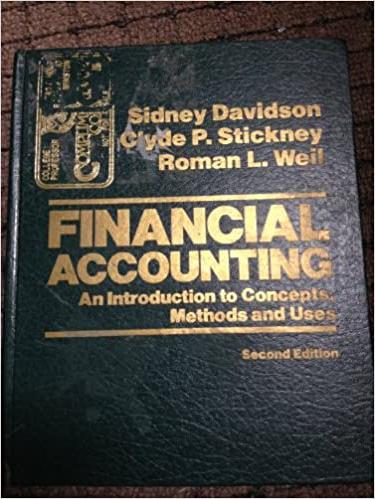Answered step by step
Verified Expert Solution
Question
1 Approved Answer
I post this problem again for the second time. Please solve problem d. I don't want explanations for problem a, problem b, or problem c.








I post this problem again for the second time. Please solve problem d. I don't want explanations for problem a, problem b, or problem c. If you can't do problem d and provide explanations for problem a, problem b, or problem c, then I will mark this problem as incorrect. I am repeating this again: Please solve problem d.
Waterway Sawmill Co. runs rough logs through its cutting facility for the primary purpose of producing hardwood lumber. In this process, however, not all of the wood is of high enough quality to be sold as hardwood lumber. The other joint product, lower-grade lumber, has been sold as-is to other manufacturers to make wood pallets. Last year, the following quantities and sales prices were reported. Paul, the sawmill owner, is meeting with other top managers as they consider avenues for increased profitability. They recognize that selling the lower-grade wood to other companies has certainly helped the mill's bottom line. However, they wonder if they could further process this wood themselves and make even more of a return. (a) Your answer is correct. Determine the gross margin levels and percentages Paul is looking at for last year's results (assume all products produced were sold). Use the sales value at split-off method to allocate joint costs. (Round proportion to 4 decimal places, e.g. 0.2516, allocated joint costs and gross margin to 0 decimal places, e.g. 5,125 and gross margin percentage to 2 decimal places, e.g. 15.25\%.) The company estimates that it could process the low-grade lumber further at a cost of just $9,000 to turn this lumber into wood chips. The wood chips could be sold for $54,800. Should the company move forward with this additional processing, or should it continue to sell the low-grade lumber to other manufacturers? The company process the low-grade lumber further into wood chips. It would be financially by $ if it did process it further. If the outlook for low-grade lumber sales to manufacturers changes such that Waterway Sawmill will only be able to sell these low-grade products for $1.75 per board foot at the split-off point, does that change your answer to the wood chip option in part (b)? The company process the low-grade lumber further into wood chips. It would be financially by \$ if it did process it further. If the company had used the physical quantities method instead of the sales value at split-off method for allocating joint costs, how would it have affected your analysis in parts (b) and (c)? (b) The company process the low-grade lumber further into wood chips. It would be financially ! (c) The company process the low-grade lumber further into wood chips. It would be financially k (b) The company process the low-grade (c) The company process the low-grade It would be financially It would be financially If the company had used the physical quantities method instead of the sales value at split-off method for allocating joint costs, how would it have affected your analysis in parts (b) and (c)? lumber further into wood chips. It would be lumber further into wood chips. It would be financially by $ financially by \$ if it did process it further. if it did process it furtherStep by Step Solution
There are 3 Steps involved in it
Step: 1

Get Instant Access to Expert-Tailored Solutions
See step-by-step solutions with expert insights and AI powered tools for academic success
Step: 2

Step: 3

Ace Your Homework with AI
Get the answers you need in no time with our AI-driven, step-by-step assistance
Get Started


